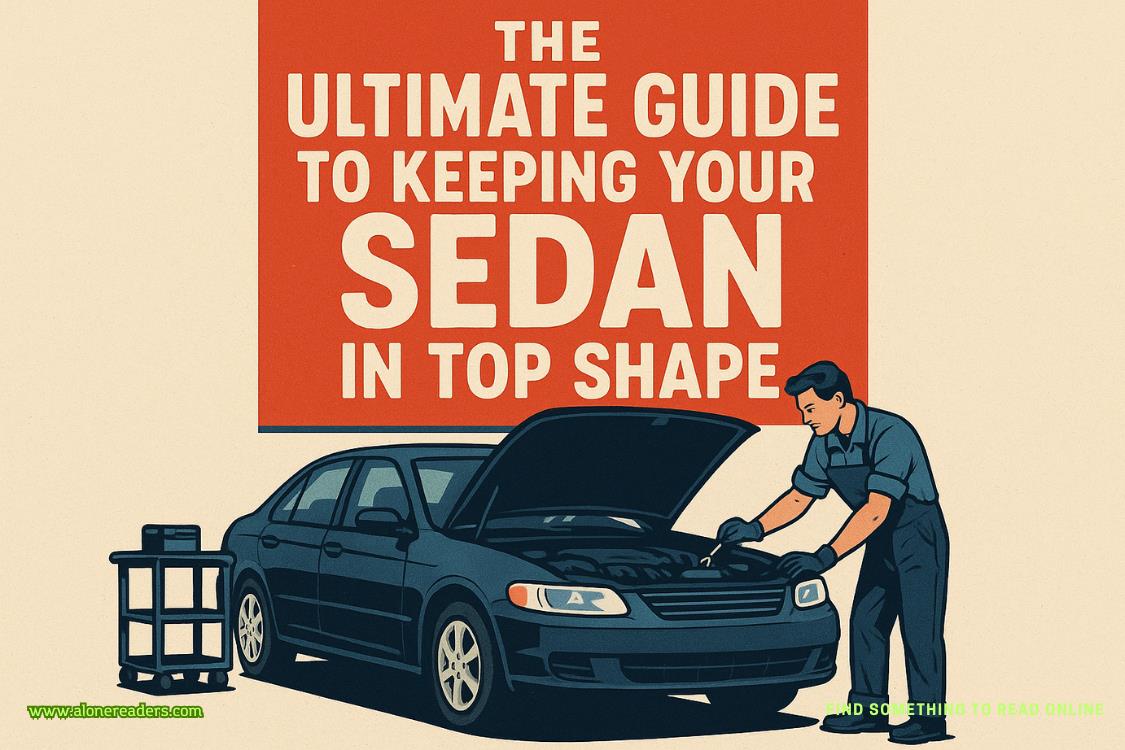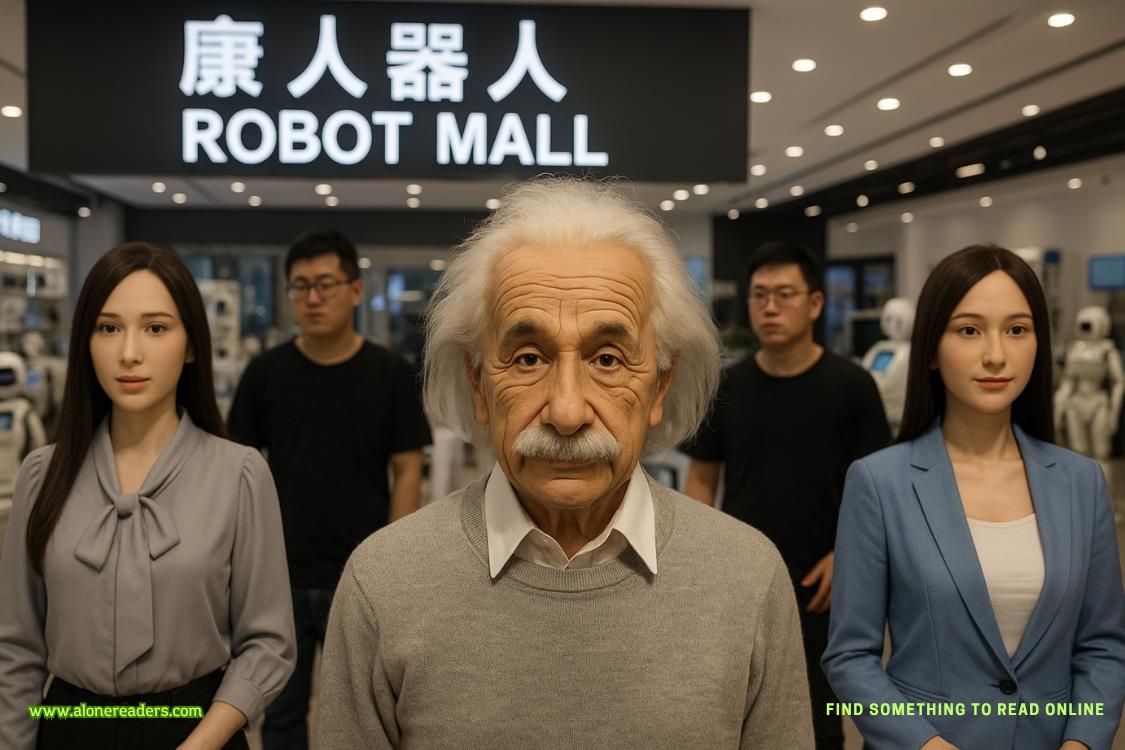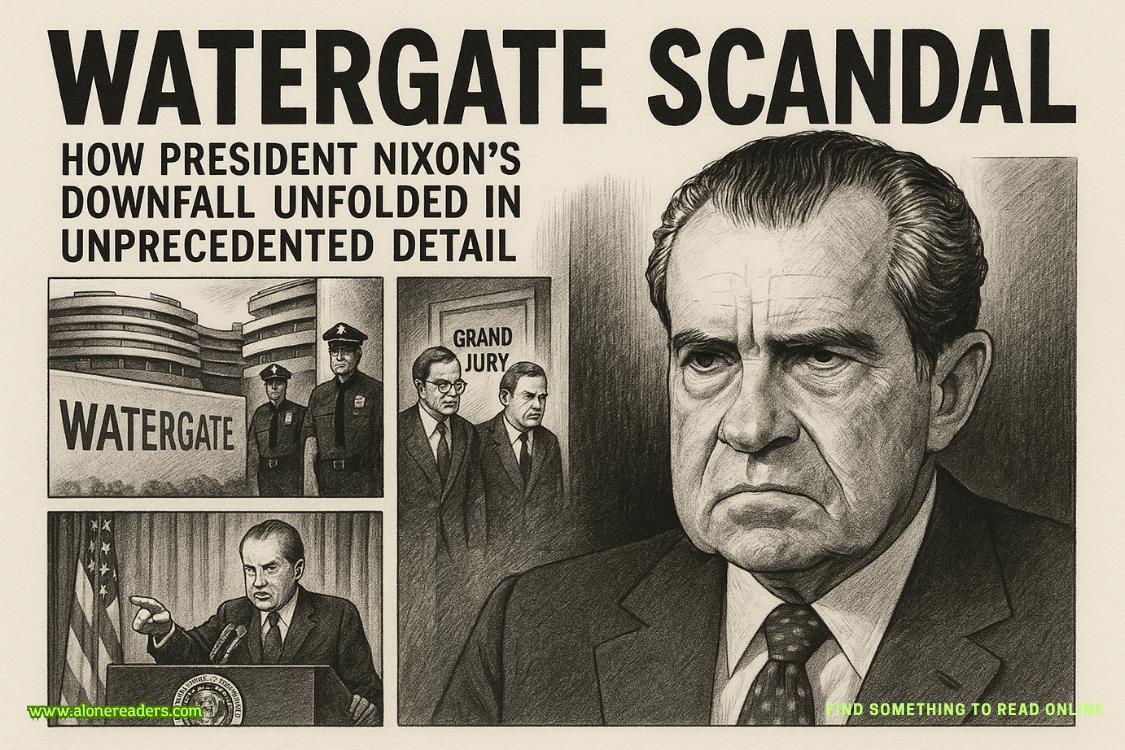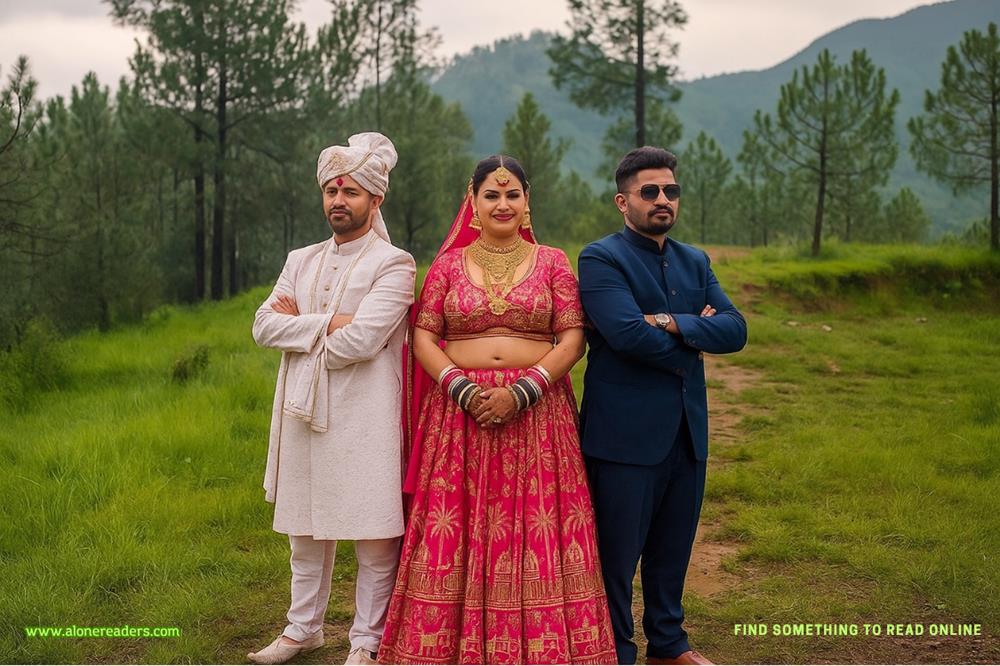Page 68 of The Cabinet of Dr. Leng
DO YOU REALLY HAVEa friend at thePostwho’ll print an article like that?” Coldmoon asked quietly as they followed Block, an assistant curator, down the long corridor.
D’Agosta chuckled. “No. Not anymore, at least.”
“You really tore that guy a new one. Maybe I should send him some Depends.”
“I’m so fed up with arrogant bastards like that,” D’Agosta said. “I’ve been dealing with them for fifteen years. I guess I lost it—sorry if I shocked you.”
“Shocked? I was awed.”
The assistant curator was a skinny, earnest kid with a ponytail. They arrived at a large stainless-steel door of the sort found on a bank vault. Block punched in a keypad code, placed his hand on a fingerprint reader, then stepped aside.
“Gentlemen,” he said, “please place your right hands on the screen and press lightly until the LED turns green.”
Coldmoon went first. “Does this machine keep a record of the fingerprints it registers?”
“I’ve no idea. You’ll have to check with Security.”
“Seems like an obvious function to me,” murmured D’Agosta.
“Funny no one mentioned it,” Coldmoon replied.
The massive door opened and they passed into a stark white hallway smelling of chemicals and disinfectants. Numbered stainless-steel doors lined each side. It was as silent as a tomb, save for the hush of curated and filtered air.
They followed Block to one of the steel doors, which he unlocked with another code, and they stepped inside a small room, with compact storage in uniform shelving. Block consulted a chart, punched in a setting, turned a crank, and the shelves rolled apart, allowing access to a narrow alleyway between storage cabinets and shelving. They walked down it to a set of flat drawers.
“These three,” said Block, pointing to the drawers, “contain the most valuable material from the Hunkpapa band of the Teton Sioux.”
“May we take a look?”
“Please put these on.” He handed them white cotton gloves and face masks, put on his own set, and they followed his example. Then he pulled out the first drawer and opened the lid, exposing some items of clothing laid flat, covered with a loose sheet of acid-free paper. He drew the paper back. “Ghost Dance shirts,” he explained.
Ghost Dance. That was in the final days when Coldmoon’s ancestors thought that, by wearing those shirts and dancing and singing, bullets could not harm them, all the white people would sink into the earth and the grass would roll over them, the bison would come back, and their lands would be restored. Everything would return to the way it had been, and the People would be happy again. That crazy and desperate hope ended with the Wounded Knee massacre.
Coldmoon stared at the buckskin shirts laid out in the drawer, painted with Ghost Dance symbols of ravens and magpies flying against a midnight-blue night sky emblazoned with yellow stars. The ever-so-faint smell of woodsmoke and prairie dust rose from them.
“Are they valuable?” asked D’Agosta.
“Oh, yeah. That’s why they’re in here.” After a moment he slid the drawer shut.
“Let’s see another.” As Block stood back, Coldmoon opened the second drawer and pulled back the paper to expose a row of silver medals.
“What are those?” D’Agosta asked.
“Peace medals,” Coldmoon said. “They were given to Native American leaders by the U.S. government.”
“These belonged to famous Teton Sioux leaders—Sitting Bull, Gall, Moving Robe Woman, Bear’s Rib,” Block told them. He picked one up. “Sitting Bull actually scratched his name glyph on his. The medals were treasured by the recipients, who often wore them into battle.”
Coldmoon had a cynical thought about that, which he decided not to express. “May I hold it?”
Block handed it to him. The medal, with a hole punched through the rim, was strung on an intricately braided leather thong decorated with beads and eagle feathers. It was well worn, the rim dented. Looking closer, Coldmoon could see the image of a sitting bison scratched into the silver underneath a portrait of Grover Cleveland and the date: 1885.
“He was wearing it,” Block said, “on the day he was murdered.”
Coldmoon squinted at it. Could this, too, be a fake—like the pipe? But a struck medal would be harder to fake than a hand-carved peace pipe.
Moving on, Block said: “This final drawer is special. It contains Sitting Bull’s ceremonial shirt, moccasins, parfleche, and headdress. He gave these to Major Walls during a peace parlay to show his good intentions after the major complimented him on his dress.” He hesitated. “Kind of a shame they’re locked up in the dark like this.”
“I agree,” said Coldmoon. “Kind of a shame.”















